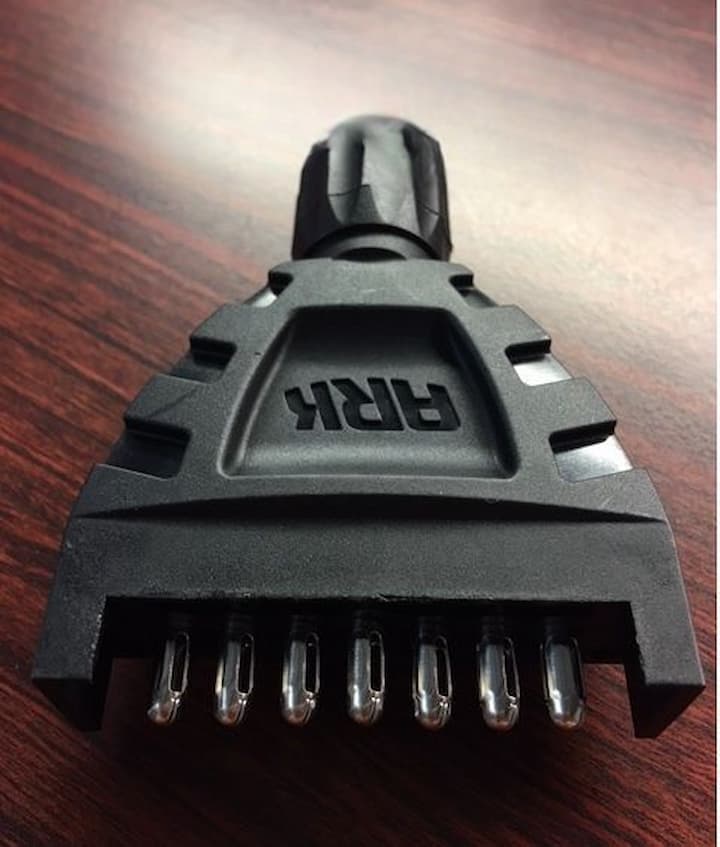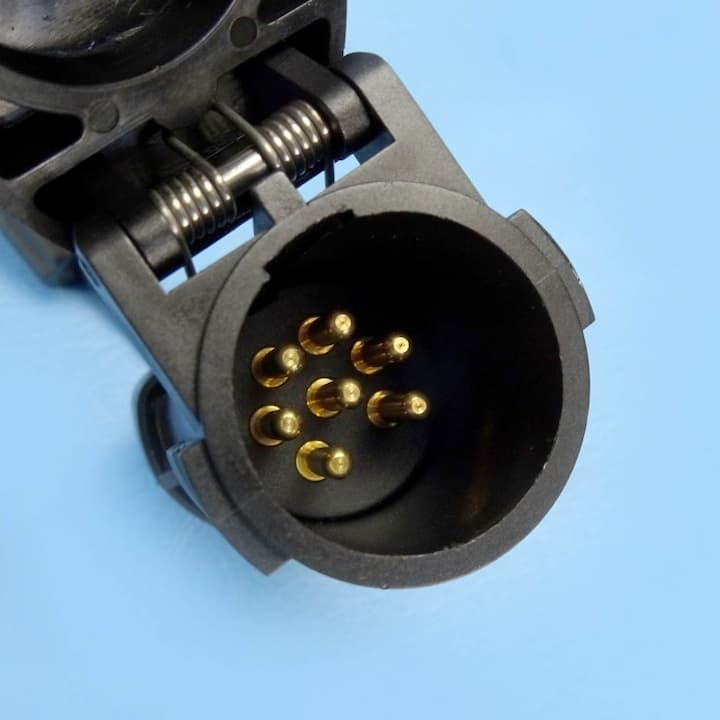Everything You Need to Know About Towing Plugs
The great outdoors is a defining feature of the Australian lifestyle, inspired by our country’s diverse landscapes, favourable climate, and the desire to explore. 800,000 registered recreational vehicles, over 1 million boats, and thousands of trailers ensure Aussies are within reach of pristine beaches, dense natural reserves, designated camping sites and untouched bushland.
Getting caravans, camper trailers and boats safely to your destination means a decently outfitted towing vehicle with the appropriate towing capacity. Basic towing road rules are outlined in state and federal legislation. While tow bars, tow balls, hitches and various trailers provide the durability and mechanical link needed for safe towing, accessories like durable and well-designed trailer plugs ensure basic functionality, including lighting, braking and power supply in towed vehicles. Trailer connections and plugs come in several types, so choosing the right type for your needs and trailer type not only dictates safety but also trailer compatibility and practicality.
Trailer Plug Basics

Trailer connectors and plugs are the electrical connections between the towing vehicle and trailer, and provide power for the lights, brakes and other trailer accessories, such as cameras. Plugs can be in different shapes (round, flat, square), and have pins in different configurations.
They consist of weather, impact and chemical-resistant ABS (Acrylonitrile Butadiene Styrene) housings, brass terminals and copper wires for optimal conductivity and signal transmission, and rubber seals to create a tight seal and prevent water and dust ingress. This means they’ll work regardless of whether you’re towing trailers in scorching bush heat or launching boats in marinas.
What They Do
Lighting
Plugs and trailer connectors transmit power from a secondary power source in the towing vehicle (usually a deep-cycle battery) to trailers without independent power. This ensures that the trailer lighting system meets road requirements. Plugs transmit power to the tail, reverse and brake lights and the indicators.
Braking
Connectors with multiple pins are used to engage electric braking in the trailer. They work with both proportional brakes (for a smoother and often safer braking) and less costly, time-delay braking systems.
Auxiliary Power
Some connectors also provide 12V power, specifically in caravans and camper trailers. This can be used to charge caravan batteries or supply power to 12V appliances, including fridges, ovens and fans.
Communication
Plugs with multiple pins are also used to send vital data between towing and towed vehicles, such as brake force or fault codes. This ensures safer towing.
Common Trailer Plug Types in Australia

5-, 7-, and 12-pin plugs are the most common trailer plugs used in Australia. The number of pins (or male connectors) matches the number of wires they connect to on the trailer. Pins connect into inserts of a “female” socket, usually located at the end of the towing vehicle. This means a 12-pin plug offers more functionality than a 5-pin plug.
5-pin Plugs
The most basic plug type, usually seen in older box trailers, 5-pin trailer plugs are round and perform basic functions, including supplying power to the brake lights, tail lights and left and right indicators. An additional earth or ground wire provides a low-resistance path to the vehicle’s battery in the event of an electrical fault, thus shielding the trailer and any occupant from electrical shocks or fires.
7-pin Plugs
Compatible with trailers above 750 kilograms, 7-pin plugs offer the basic functions of their 5-pin siblings, but the extra pins engage the reverse lights as well as the electric brakes. This is the most common setup in Australian trailers. 7-pin plugs can be round or flat. Flat types also differ in diameter and are not mutually compatible. Flat plugs, however, have the same pin placement, offer more versatility, are less susceptible to mechanical damage and are also compatible with 12-pin types. Larger, round plugs, on the other hand, are usually seen in trucks and heavy machinery with higher power demands.
12-pin Plugs
These, too, are flat and have 5 additional functions, usually as auxiliary power from a secondary power source. The plugs, for instance, can power fridges, fog lights, battery monitors or more sophisticated battery management systems, and reversing cameras.
Anderson Plugs
These specialise in high-current connections, for instance, charging the trailer or caravan battery while driving. They’re preferred to 7 and 12-pin plugs in that they can supply higher current, and offer a more secure connection without sustaining damage.
Using Plug Adapters
If you have an older trailer or caravan, chances are that the plugs of the tow and towed vehicles are incompatible. To connect round and flat plugs and sockets, use an adapter. These are relatively cheap and come in different configurations for different plug and socket combos.
To ensure safe towing and functioning electrics on your caravan, camper, or boat trailer, source compatible plugs and wiring that meet the Australian Standard AS4177.5- 2004 from dedicated stores supplying camping, off-roading and marine accessories.
